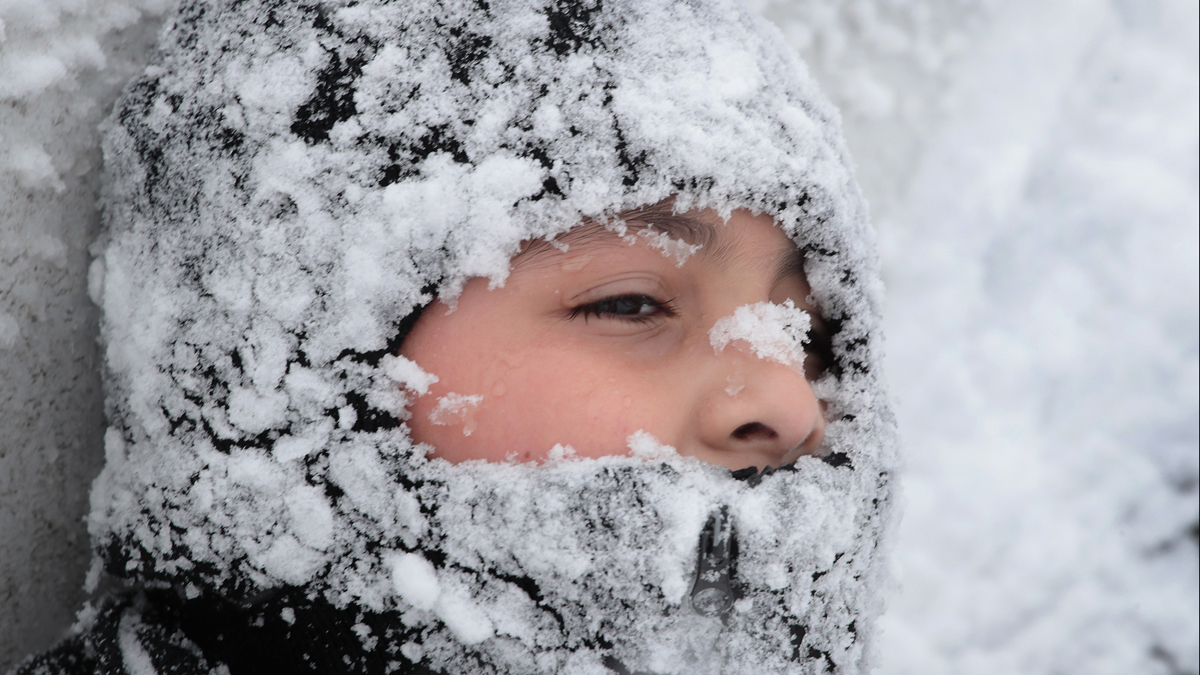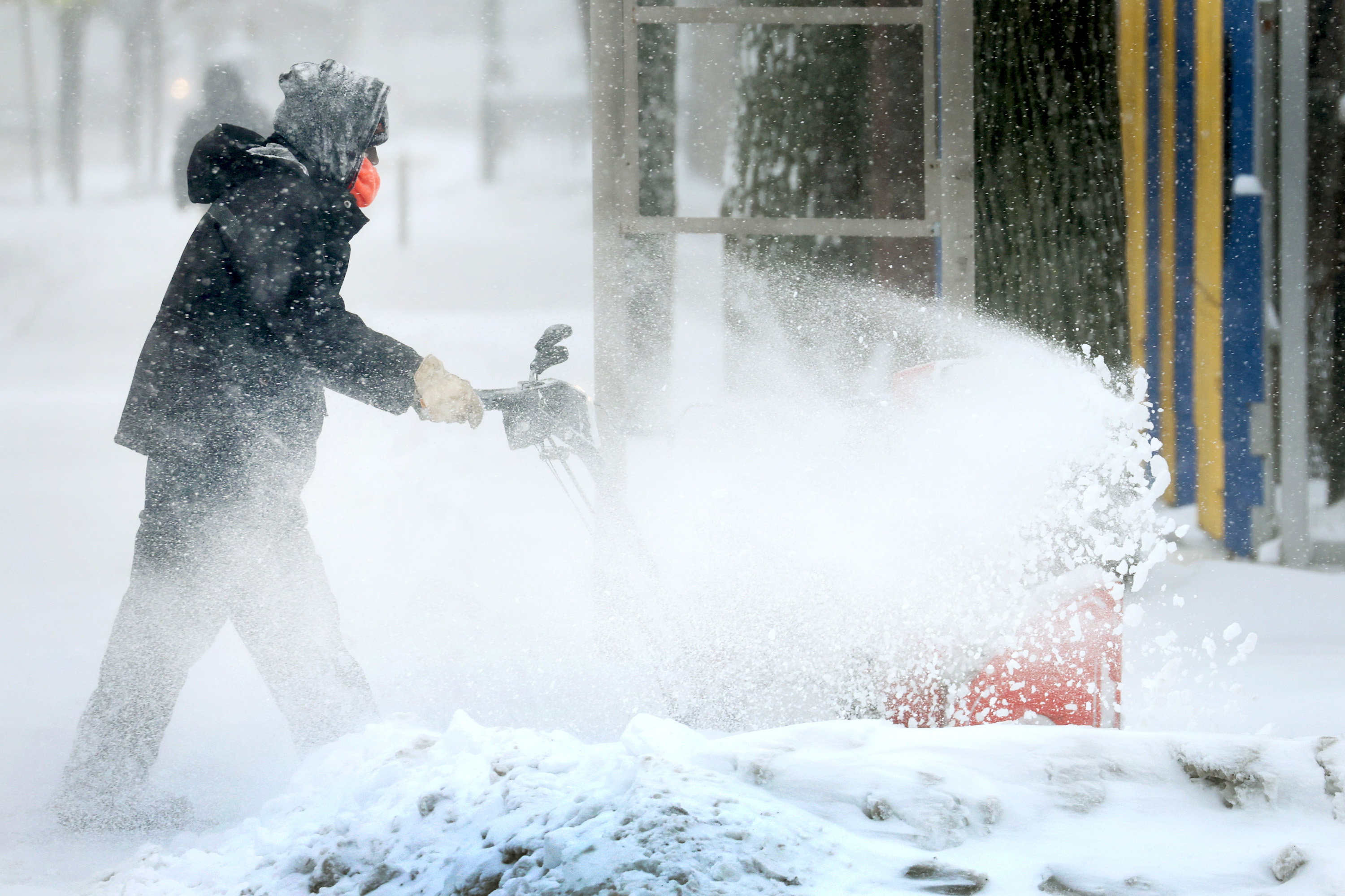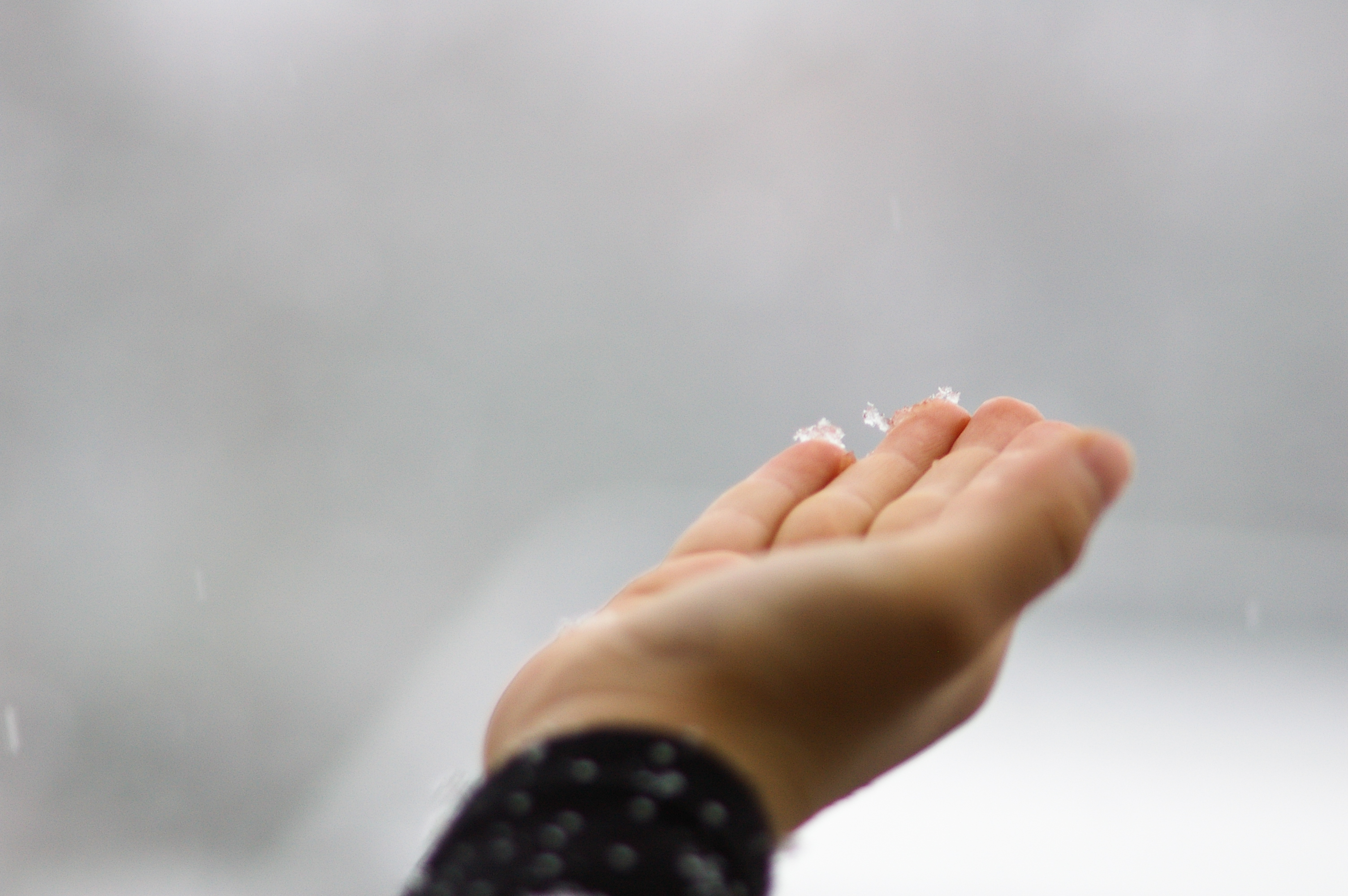You've got the tickets, you've packed your bags, and you've mapped out your airport route. But have you checked the weather?
"Consider alternate travel plans," the National Weather Service tweeted multiple times Monday, as a powerful and significant storm system headed towards the Midwest is set to bring snow, dangerously cold temperatures, "blizzard conditions" and wind gusts in excess of 50 miles per hour to the Chicago area later this week.
According to a weather alert from the NWS, the entire Chicago area -- including the counties of Cook, McHenry, Lake, DeKalb, Kane, DuPage, LaSalle, Kendall, Grundy and Kankakee, along with Lake, Porter, LaPorte, Newton and Jasper in Indiana -- is under a Winter Storm Watch Thursday morning through late Friday night.
Feeling out of the loop? We'll catch you up on the Chicago news you need to know. Sign up for the weekly Chicago Catch-Up newsletter here.
Forecasts are unclear as to how much snow may actually fall. But what is known is that a snow event will coincide with fierce winds Thursday and into Friday, and bitterly cold temperatures and wind chills through the weekend.
"Blizzard conditions are possible” the alert says, with some wind gusts exceeding 50 miles per hour. As a result, travel will be "extremely difficult, if not impossible." “White-out conditions” can be expected on area roadways, leaving visibility levels at or near zero.
Power outages as a result of the strong, damaging winds may also be possible, the alert goes on to say.
What to Know if You're Flying this Week
According to the Chicago Department of Aviation, approximately 2.9 million travelers are expected to pass through O'Hare and Midway International Airports between Dec. 21 and Jan. 2. However, flight delays and cancellations caused by the winter storm could leave passengers stranded, and scrambling to find new tickets.
"If you go to the airport and the flight keeps getting delayed and then canceled, all those seats that were going to be taken for a few days later are going to be gone," said travel influencer John DiScala, who runs the travel website Johnny Jet
"I would be proactive," DiScala said. "Get on it now; save yourself a miserable experience. Stay warm. Stay home or in your hotel, then travel."
As of Monday night, several major carriers offered change options to certain itineraries for no fee. Here's a breakdown:
- American Airlines: No change fee for scheduled flights between Dec. 21 and Dec. 23
- Southwest Airlines: No change fee for scheduled flights between Dec. 21 and Dec. 23
- United Airlines: No change fee for scheduled flights between Dec 22 and Dec. 25
"If [airlines] are offering you a travel waiver where they will change your ticket for free, no charge, and put you on a couple of days later after the storm, get on it now while there are still seats available, if there are still seats available" DiScala said.
What to Know If You're Driving This Week
Driving may not provide much relief, especially as canceled flights may put more motorists on the road.
AAA expects 113 million Americans -- 5.8 million in Illinois alone -- to travel 50 miles or more between Dec. 23 and Jan. 2, but with several inches of snow, bone-chilling cold and high winds expected, roadways in the Midwest could be heavily-impacted.
According to the National Weather Service, Thursday evening through Friday is predicted to be the worst day to hit the road, with possible blizzard conditions making travel "difficult to impossible."
During the 11-day holiday period, AAA expects to rescue 899,000 stranded motorists. Make sure you have an emergency kit in your car, including jumper cables, a first-aid kit, a portable phone charger, an ice scraper, extra warm clothes along with water and snacks, AAA recommends.
And while the snow isn't expected to continue all weekend, dangerously cold temperatures are expected to remain, thanks to bitterly cold temperatures and even lower wind chill readings. According to the NWS, cold temperatures could lead to ice on rivers, with an increasing threat of flooding caused by river ice jams.




